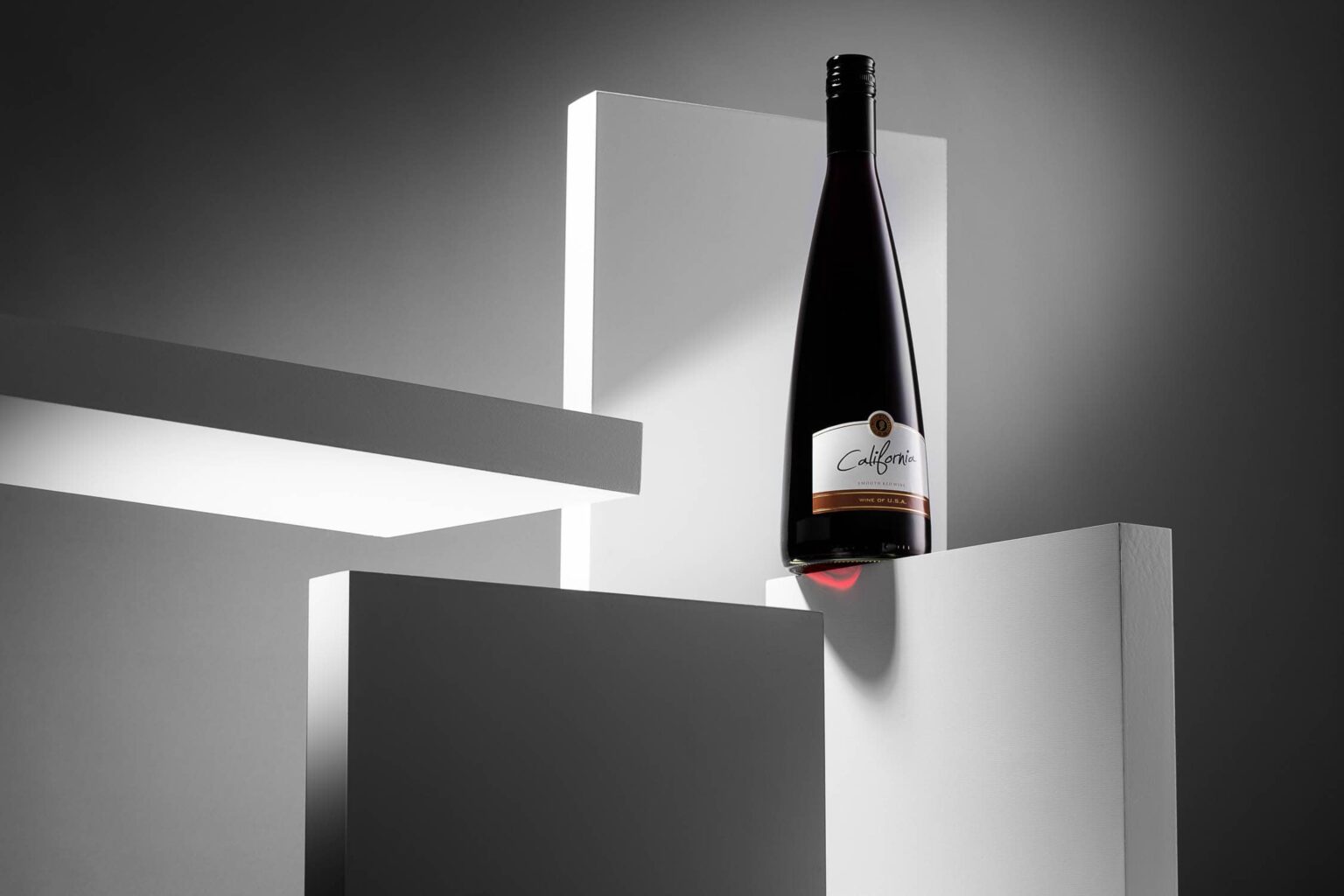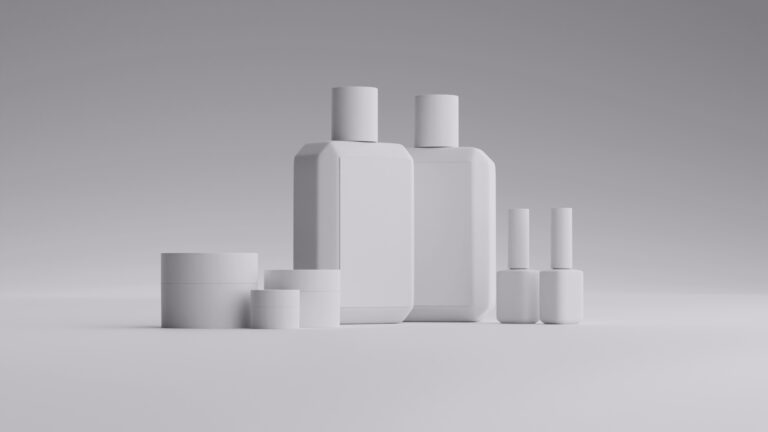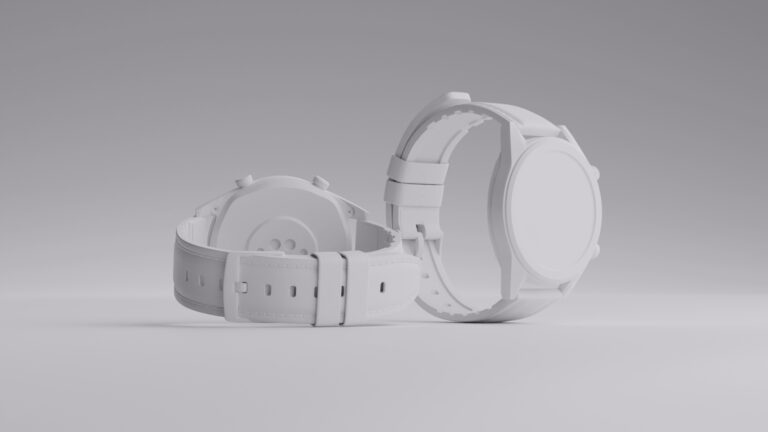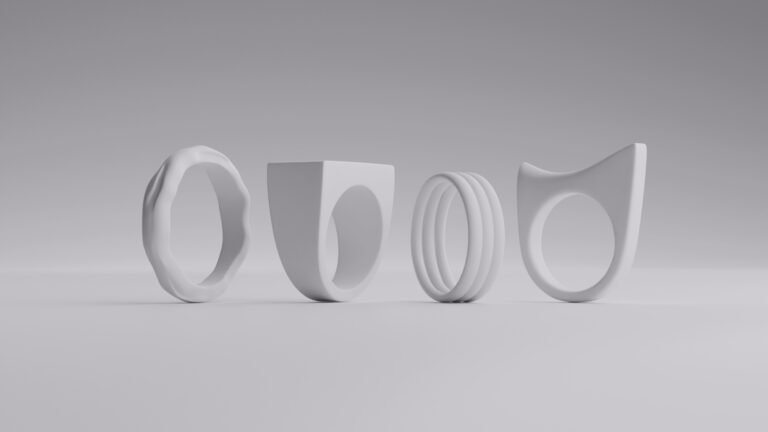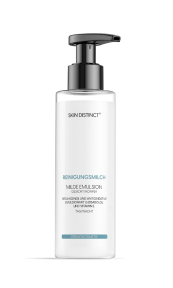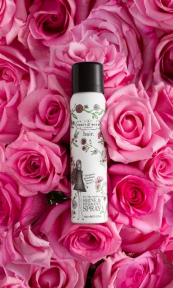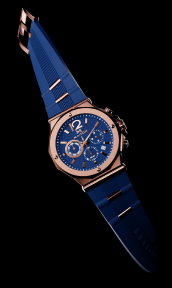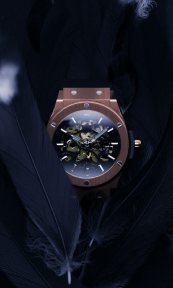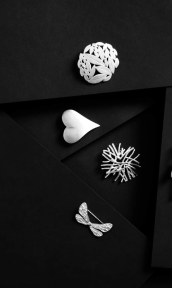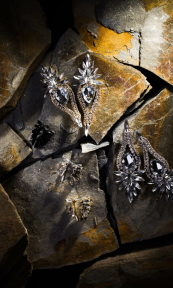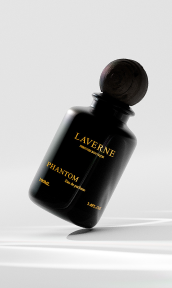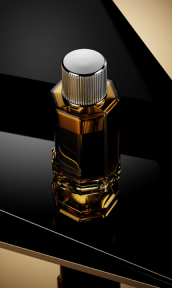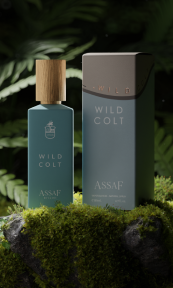In celebration of having been in this studio for one year, I decided to match the subject of this still life photograph to the festivities. A good bottle of wine – as beautiful to photograph as it was to drink.
Unlike other photography genres, in still life, the variables are not rapidly changing or affected by time (things like light, subject and structure remain in place). You can really take advantage of this and have the ability to stop, take a break to think about any changes or new ideas, and then resume again later. I like to try a few shots, move a few things and then have another go. There is also no excuse not to have crisp and clean photographs.
Objects
The carefully positioned, white blocks (pieces of painted, wood shelves) in the image create a unique compositional tone. One that blends in an abstract or artistic feel to the final result but not taking the focus away from the primary image. The white blocks absorb some of the negative space and also guide the eyes of the viewer towards the bottle.
Lighting
The lighting and focus can be fine-tuned and attention to detail given in order to get those perfect results. I used the side lighting and back light to accent texture and shadow. It’s the shadows that will make your photo look three dimensional and come to life. I created the highlight on the bottle from the gradient caused from light from the softbox placed 45 degrees from the panel reflecting on it. The positioning of the steep, overhead light created the circular reflection on the underside of the bottle. This spot is the light reflecting through the wine, resulting in this interesting, red, halfmoon shape in the final image. This is a strong focal point of the image and it’s hard not to be drawn to the sharp contrast the red brings to the surrounding whites and grays. As small as it may be, it does an outstanding job of bringing the bottle to life, reminding the viewer that there is indeed wine inside.
Post production
The lighting and focus can be fine-tuned and attention to detail given in order to get those perfect results. I used the side lighting and back light to accent texture and shadow. It’s the shadows that will make your photo look three dimensional and come to life. I created the highlight on the bottle from the gradient caused from light from the softbox placed 45 degrees from the panel reflecting on it. The positioning of the steep, overhead light created the circular reflection on the underside of the bottle. This spot is the light reflecting through the wine, resulting in this interesting, red, halfmoon shape in the final image. This is a strong focal point of the image and it’s hard not to be drawn to the sharp contrast the red brings to the surrounding whites and grays. As small as it may be, it does an outstanding job of bringing the bottle to life, reminding the viewer that there is indeed wine inside.
Post production
How to get the label of the wine bottle to show up clearly in the final image? I noticed in some of the earlier shots that the label indicating the origin of the wine at the bottom of the bottle was not visible because to the shadows. Most of the words on the left were not showing up as a result of the positioning of the lights. To solve this I simply took a sheet of white card paper and positioned it horizontally in front of the bottle. After several takes the gold-lettered words appeared in the image. Thereafter, it was a simple matter of brushing this across to the selected image in Photoshop.
Shooting in the studio using this setup cut down the need for major post-production editing. The positioning of the lights produced most of the visual effects I desired for the final image.
To end, I would like to remind you that one doesn’t need a fancy studio, expensive equipment or specially-made props or subjects to make still-life photography. In this photograph, I made use of things readily available in your local store. All you need is a good knowledge of using a camera and the editing tools that go with that, a keen eye for detail and creative, and the patience and passion to bring it all together.
FAQs
What type of lighting was used in this wine photography project?
The photographer used a combination of side lighting and backlighting to accentuate texture and shadow while creating a gradient effect on the bottle label by setting up a softbox at a 45-degree angle. Additionally, a top light was used to create a circular reflection on the bottom of the bottle.
How was the label of the wine bottle made visible in the final image?
To ensure that the label on the bottle was visible, the photographer placed a sheet of white cardboard paper horizontally in front of the bottle to reflect the light onto the label. This technique allowed the golden letters to appear in the image and were later transferred to the selected image in Photoshop.
What objects were used in the composition of the photograph?
The photographer used carefully positioned white blocks of painted wooden shelves to create a unique compositional tone. These blocks absorbed the negative space and drew the viewer’s eye to the bottle while adding an abstract or artistic touch to the final result.
Was extensive post-production editing required for this photograph?
Although minor post-processing was required to ensure the visibility of the label, the positioning of the highlights and other visual effects created during the shoot reduced the need for extensive post-processing. The photographer emphasized that good skills with the camera and editing tools, a keen eye for detail and creativity, and patience and passion are all it takes to photograph compelling still lifes.
